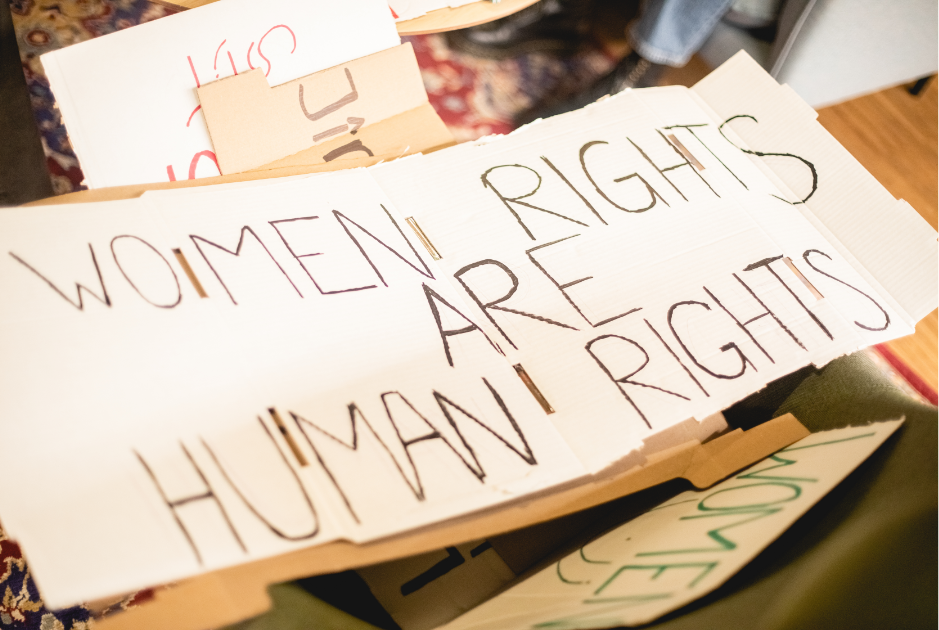Teenage boy has perfect response when arrogant teacher refuses to believe his real name
He tried to explain his name and she gave him detention.

A teenager has a real problem with his teacher.
As Dale Carnegie once wrote in “How to Win Friends and Influence People,” “A person’s name is to that person, the sweetest, most important sound in any language.” Understandably, people grow very attached to their names to the point that some studies suggest that names play a significant role in our destinies. In fact, people born with the last name Carpenter are more likely to become carpenters when they grow up.
So, it's no wonder people are sensitive about how others pronounce their names. When someone says your name wrong, it can feel very invalidating and make it look like they don't care. That’s probably why many people enjoyed a teenager's tale of getting sweet revenge on an arrogant teacher who refused to say his name correctly.
“My parents named me a shortened version of a posh-sounding name. For the sake of the story, let's say they called me Alex, which is short for Alexander. When this woman called my name, she would always use Alexander. I brought up to her that it was not my name multiple times and asked her to please call me Alex, as that's what my parents called me,” a Redditor shared on the Petty Revenge forum.
“She would always get angry and tell me, ‘Don’t be stupid, no one is named Alex. Your name is Alexander. Alex is just what you want to be called.’ No matter how much I insisted, she refused. At one point, she gave me a detention for asking her to call me my correct name,” he continued.

The name dispute got so heated that “Alex” was eventually sent to detention for arguing with his teacher. “When I told my parents I was supposed to have a detention for asking my teacher to call me the right name, they were unhappy. So they gave me a trump card to use against her: my birth certificate,” “Alex” wrote.
The next day, the teacher called him Alexander during roll call, but this time, he had the perfect ammunition to fight back: a legal document. “The next day, when she called my name, I once again told her that it wasn't my name. She threatened me with another detention, so I pulled out the birth certificate, put it down on her desk, and said, ‘My birth certificate says my name is Alex, so that's what you will call me. Thanks,’" "Alex" recalled. “The look on her face was priceless, and she started calling me my actual name for the rest of the time I was in her class.”
A person in the comments shared a similar story; this time, it was with the name Joey. “I know someone who on their birth certificate is Joey. The exact same thing happened to him. The teacher kept calling him Joseph, but he refused to answer. After a week, she called his mom and said something along the lines of: tell your son when someone calls him by his proper name, he needs to respond and not be disrespectful to his teacher. The mom questioned what name she was calling him, and she told her. Well, that mother went up one side of her and down the other. Why would I call him Joseph if we would call him Joey? We named him Joey, and that’s what is on his birth certificate. This was back in the ‘80s.”
It’s strange that the teacher went out of her way to call the kid the name she preferred over his wishes. Even if his real name was Alexander, what’s wrong with referring to someone by their chosen name? Brandishing his birth certificate as “Alex” may have felt like sweet revenge for the teenager, but it also shows the teacher and the class an important lesson on why it's important to listen to others.
- Teacher's rule about 'something you can't change in 30 seconds' is a lesson for all ages ›
- Teacher tries to simulate a dictatorship in her classroom, but the students crushed her ›
- Mr. Feeny came back to teach one more lesson. And it's perfect. ›
- This mom's teaching her kids the most important financial lessons they can learn. ›
- I called a hotline and got connected to a random Swede. Here's what I learned. ›





 What was I doing again?
What was I doing again? A space waitress at work.
A space waitress at work.  Waking Up Funeral GIF
Waking Up Funeral GIF Rihanna Nails GIF
Rihanna Nails GIF Yoga pants.Image via Canva.
Yoga pants.Image via Canva. Our natural lashes are nice just the way they are!
Our natural lashes are nice just the way they are! One step forward, many steps back. Image via Canva.
One step forward, many steps back. Image via Canva.  Homelessness is especially rampant on the West Coast.Image via Canva
Homelessness is especially rampant on the West Coast.Image via Canva